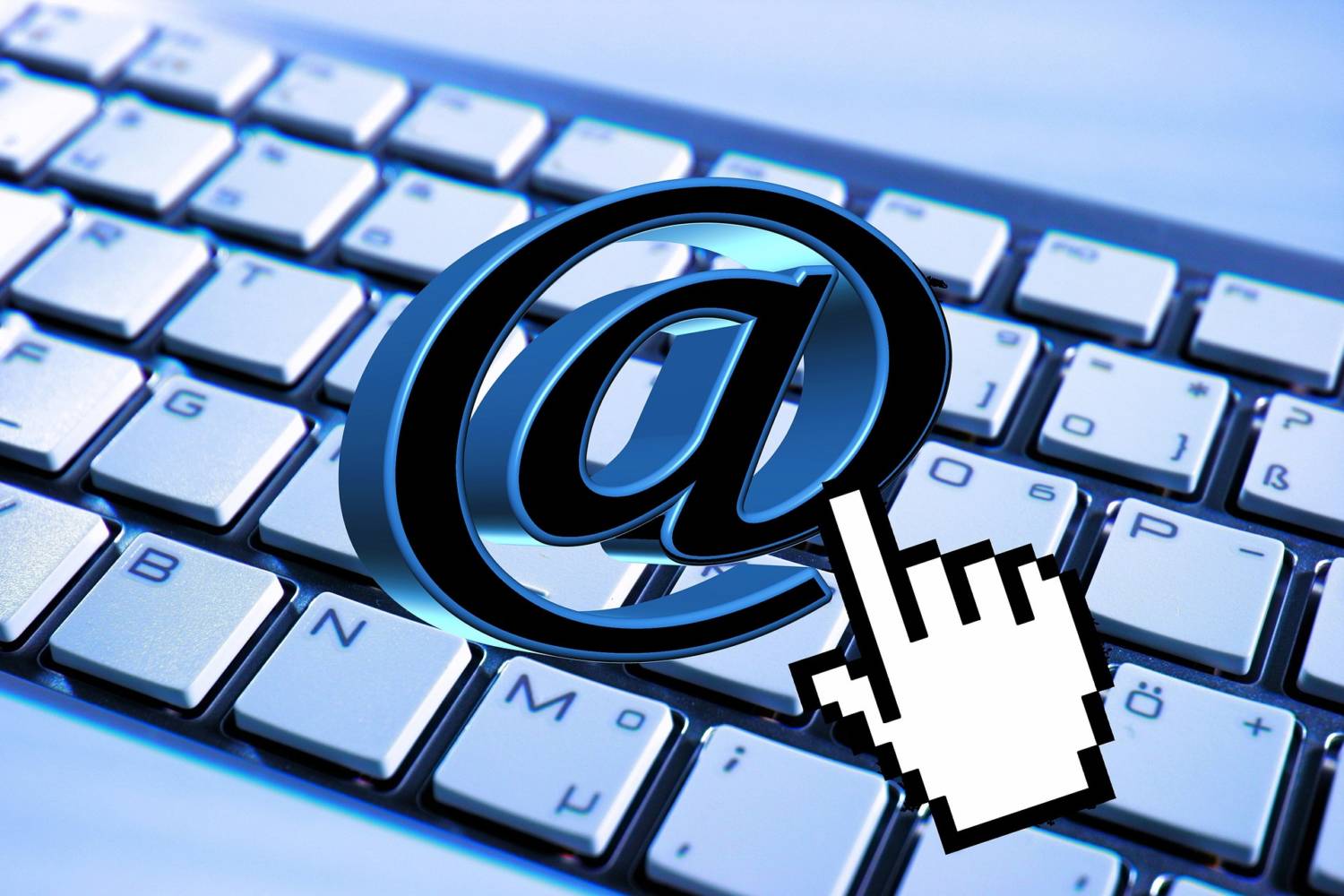
As the big email propagators go cold on the email forwarding concept, how can you convert to pop3 (or imap) and when should you do it?
The way to look at the demise of your email forwarder is to consider its past use…
If it’s been used for marketing and/or stationery you probably need to keep it, therefore it needs to be re-issued/converted to a real email account, what we call a pop3 account.
And/or…
If it’s been used on a website (now or in the past) therefore listed on say a directory, a customer’s contact info for your business you probably need to keep it, therefore it needs to be re-issued as a pop3 account.
If it’s an old redundant email address you could delete.
[a pop3 email account is a working email address that needs to be installed on one or more recipient devices so you can continue to receive (and send) messages, there are many different ways a pop3 (or imap for mobiles) email can be set up depending on your device(s)/platform, see our guide: https://youraccount.nimbushosting.co.uk/knowledgebase/6/Email]
Why is this happening
Back in the day, email forwarders allowed clients to continue to use their private email accounts, the forwarder literal ‘bounced’ (forwarded) off our email server to the recipient account. For example, you want the website to show an official email account like info@webname.co.uk but it actually forwards to anyname@privateaccount.com)
BT, Hotmail and many other main email service providers have identified email forwarders as a major spammer’s tool of choice to flood their servers/users with junk – so they’ve simply started blocking them, sometimes without notice.
Other options
Google and Microsoft to name 2 big players offer email services that can use your business email address. They also offer Apps so you can use on mobiles.
Oast House media use Microsoft Exchange


 Previous Post
Previous Post Next Post
Next Post